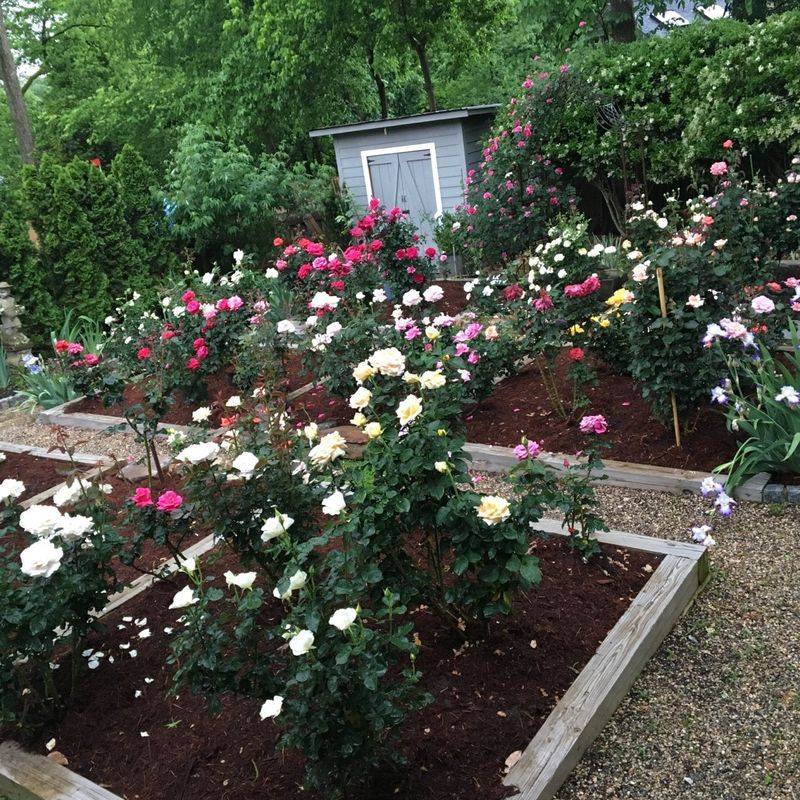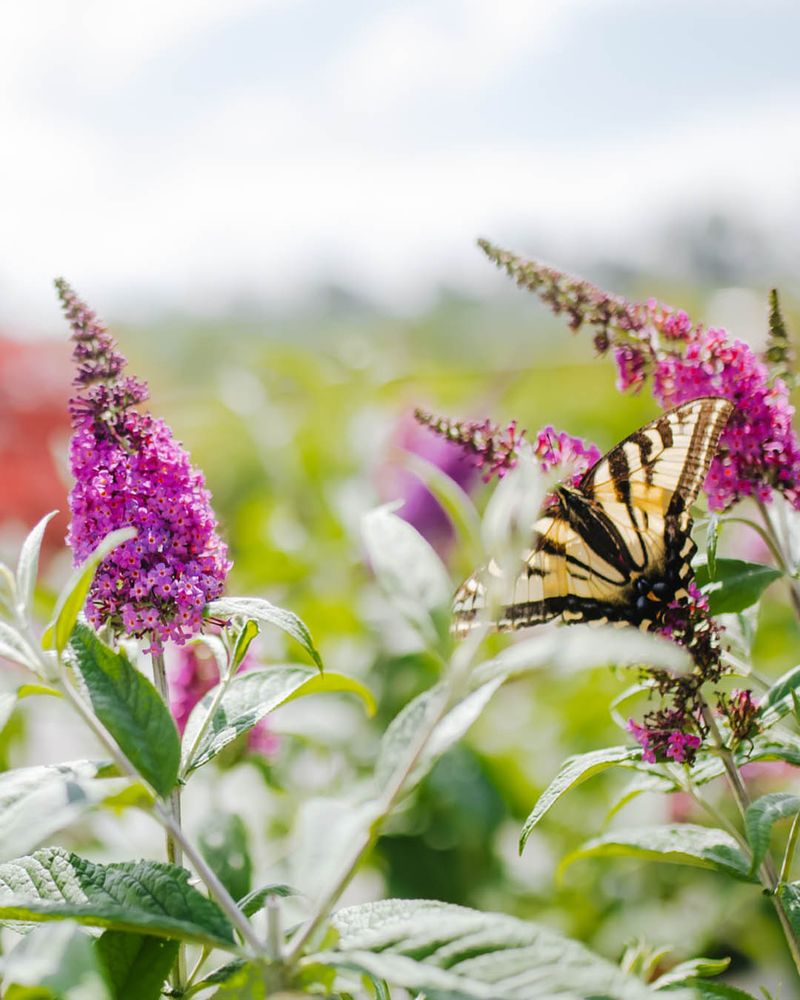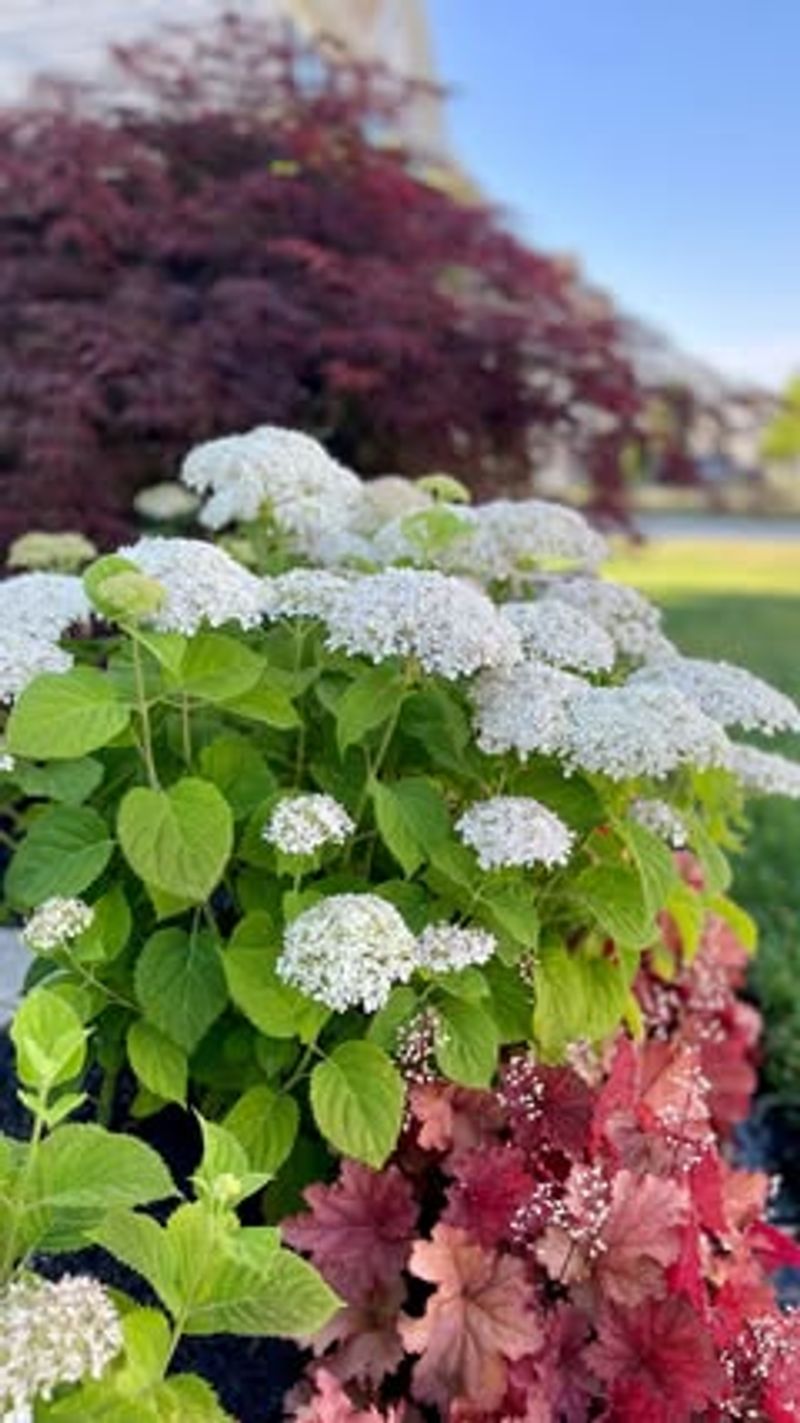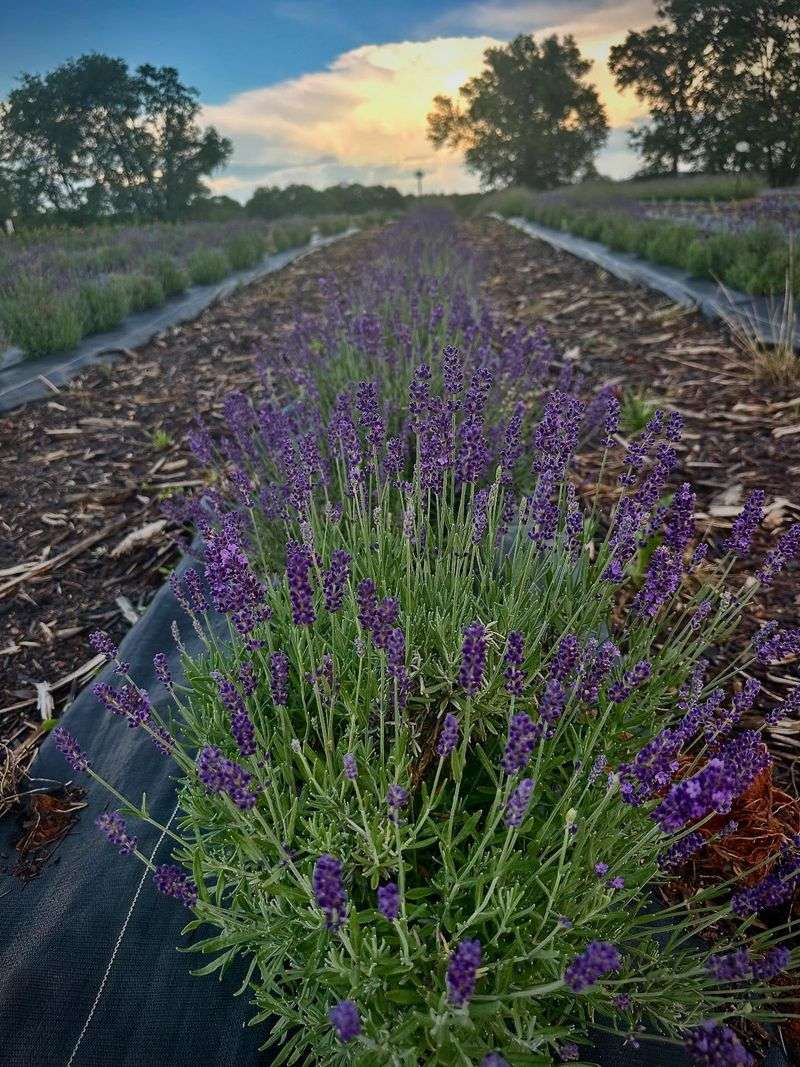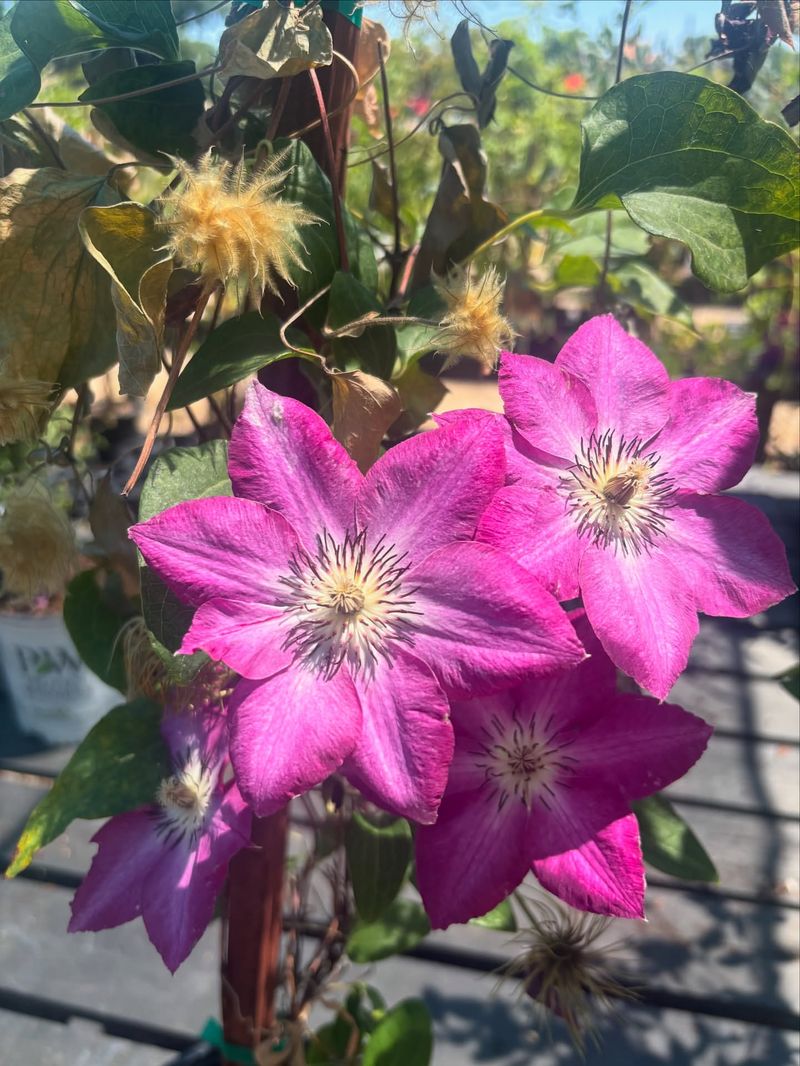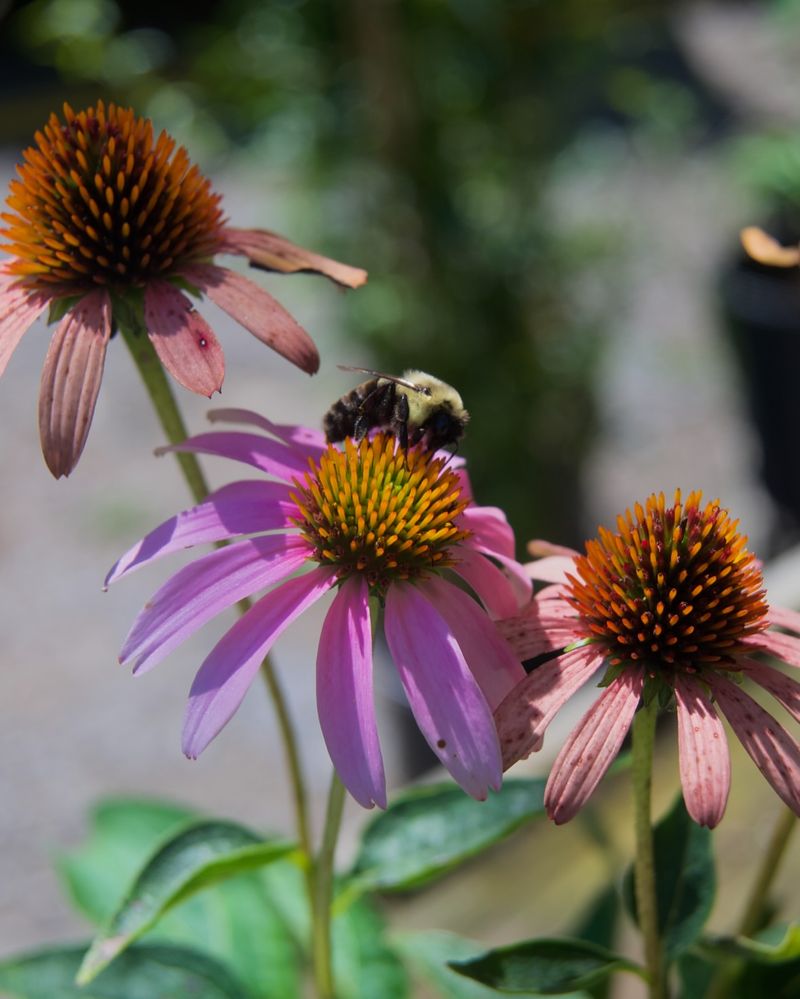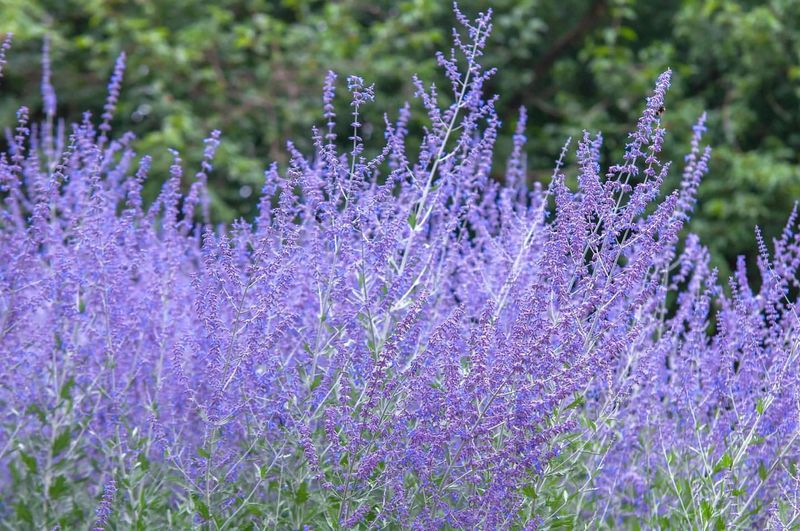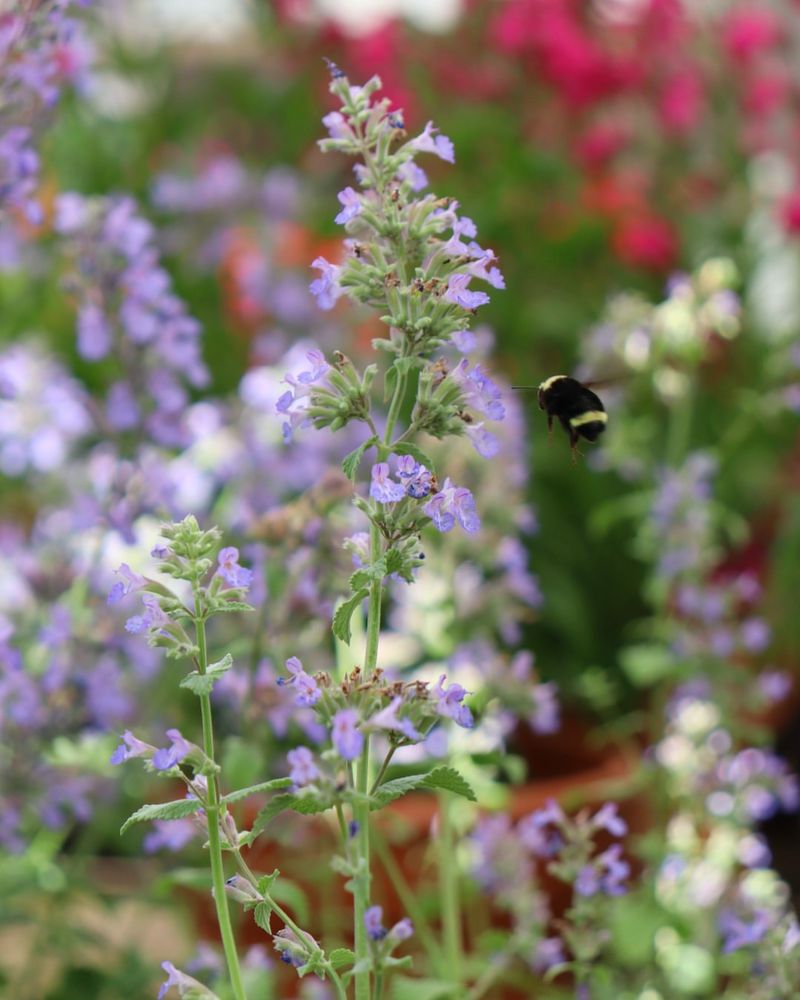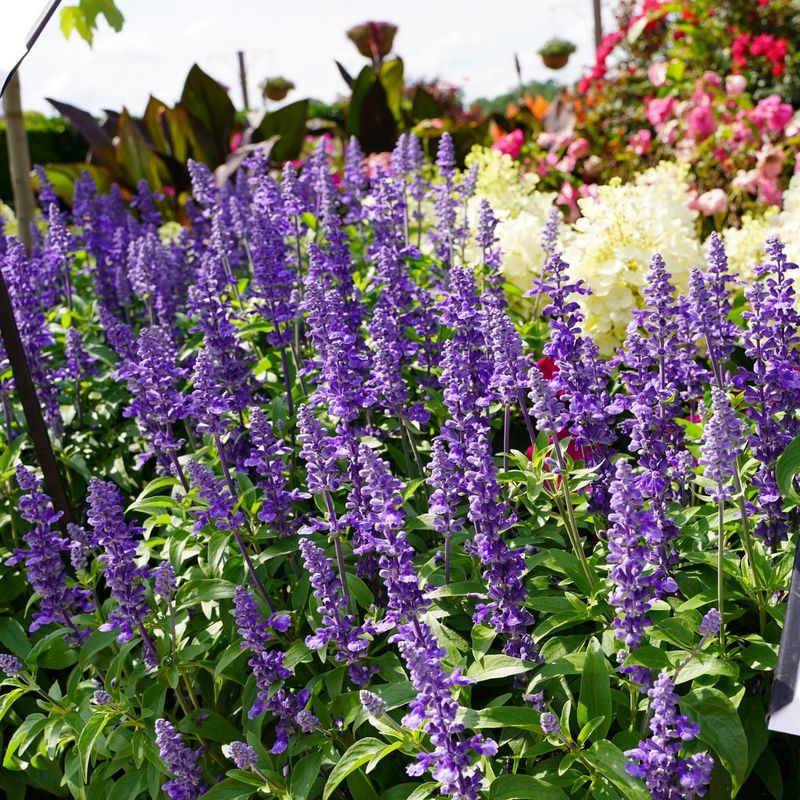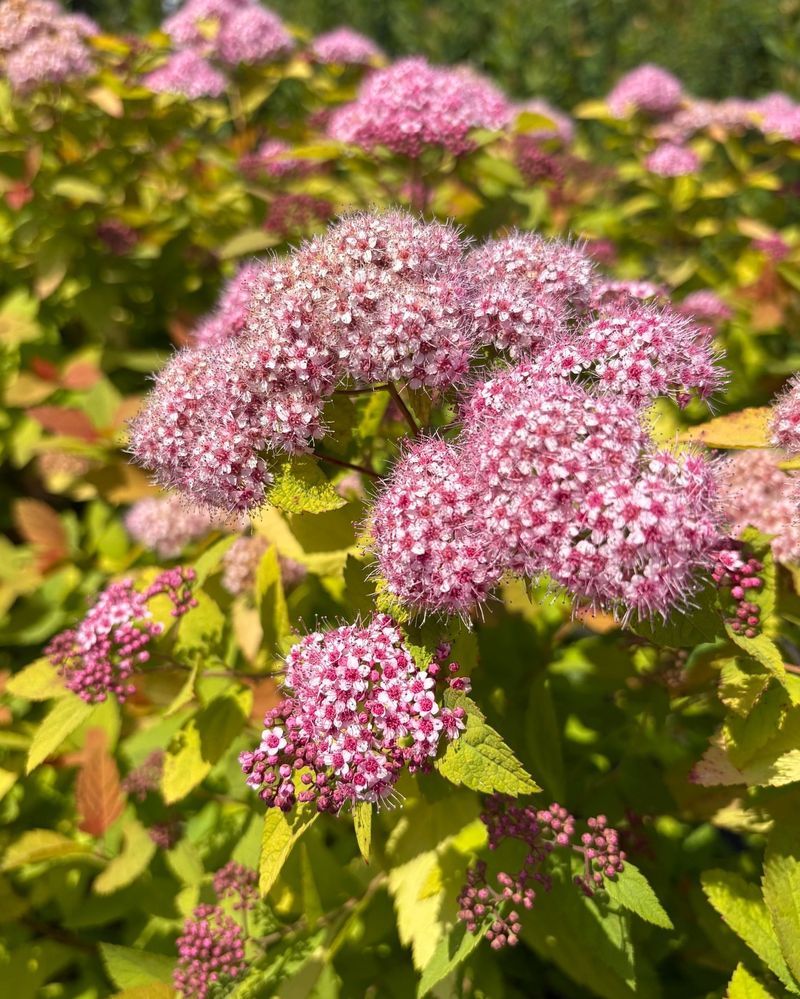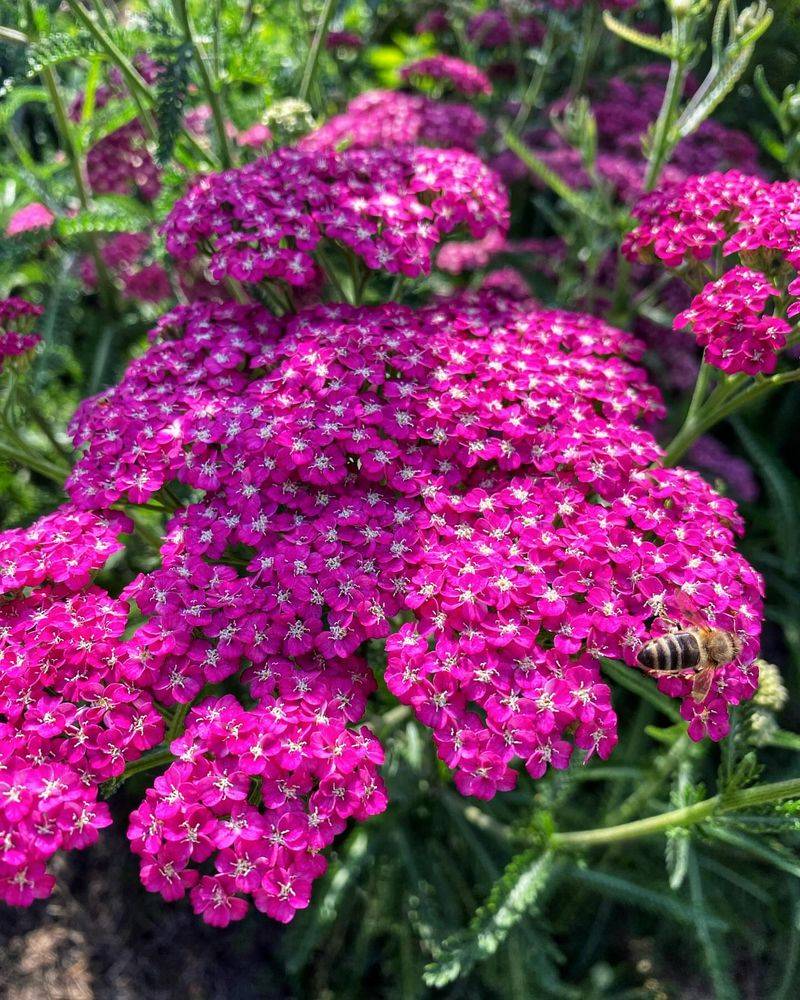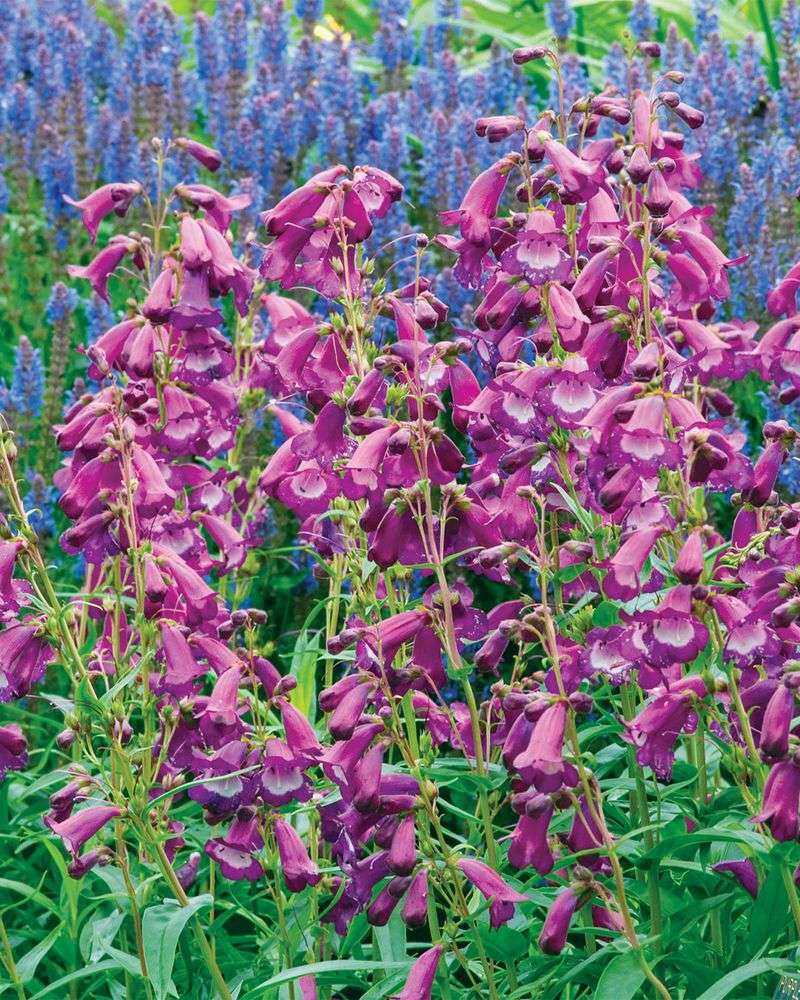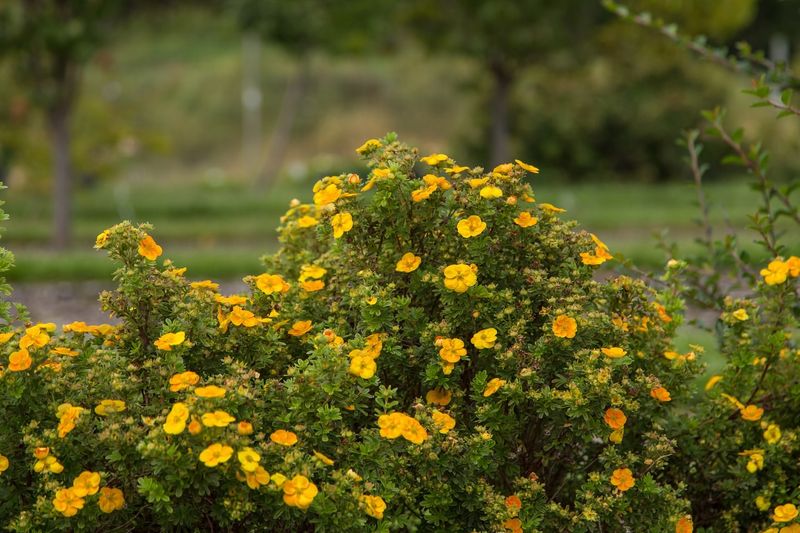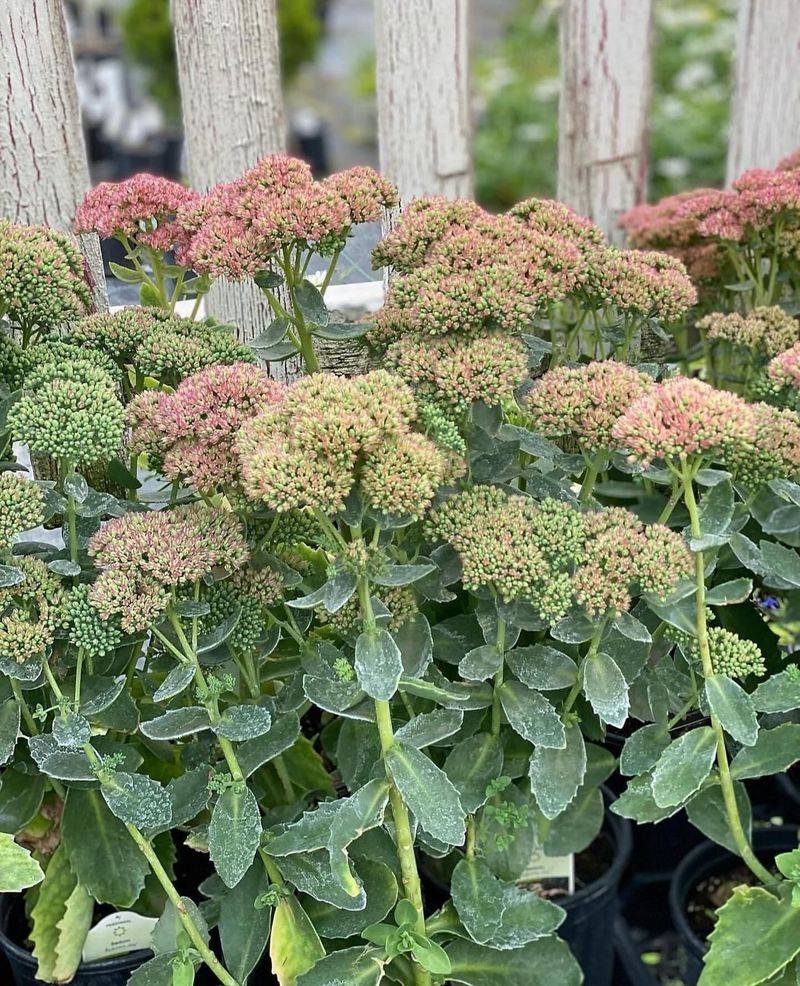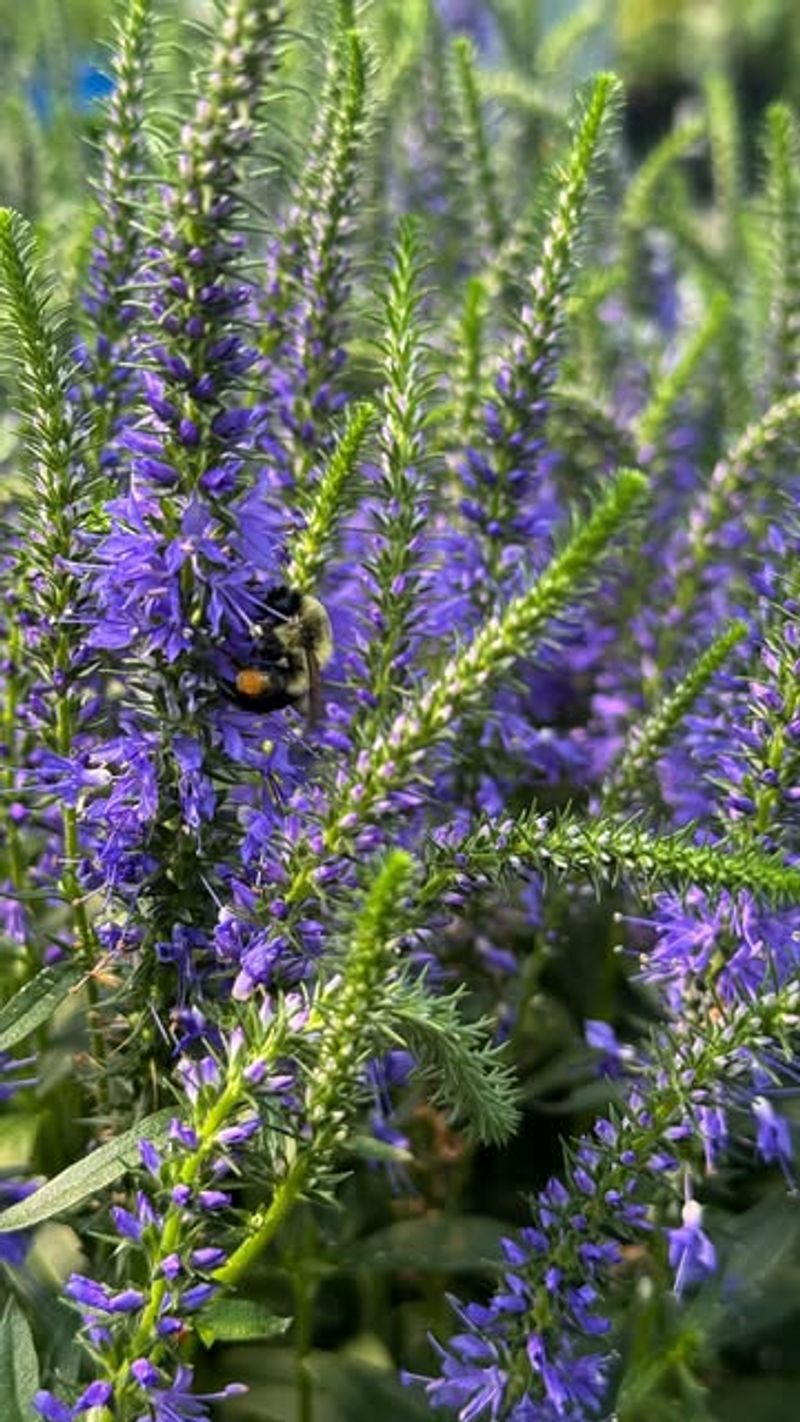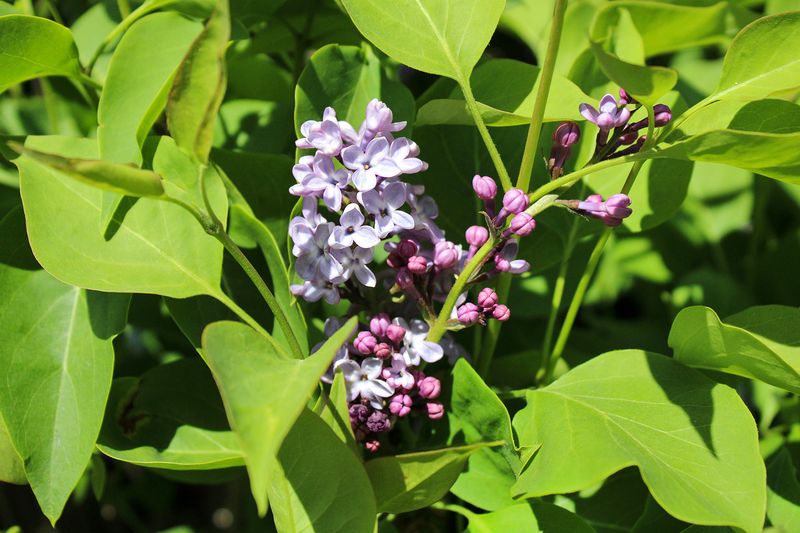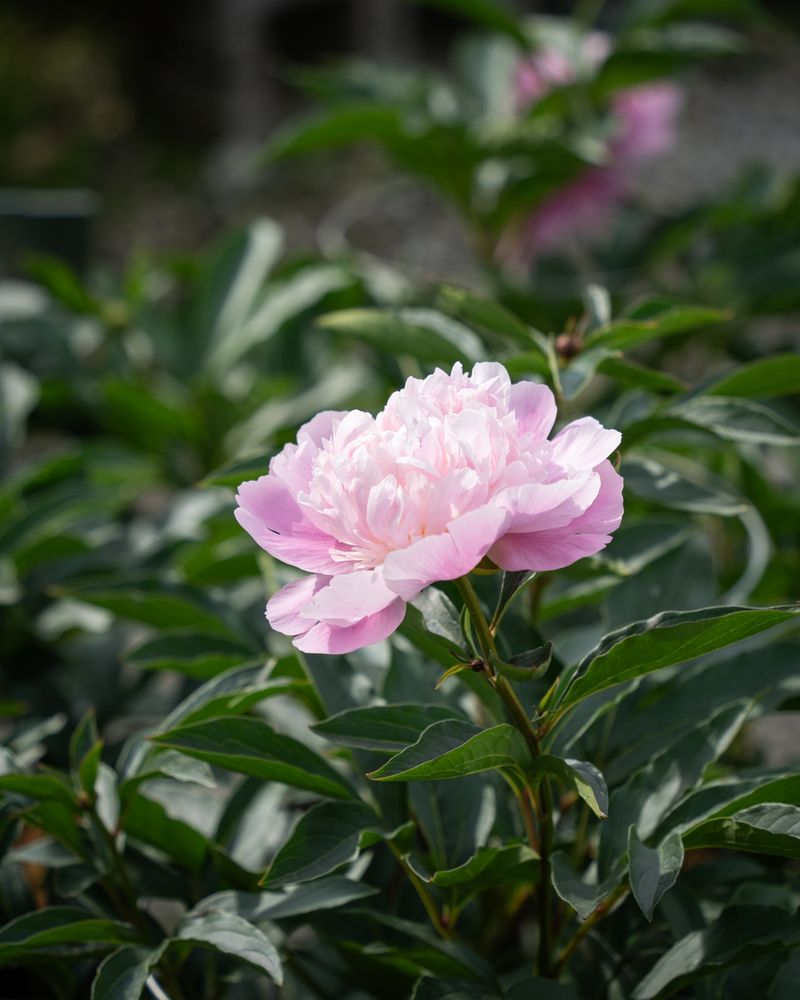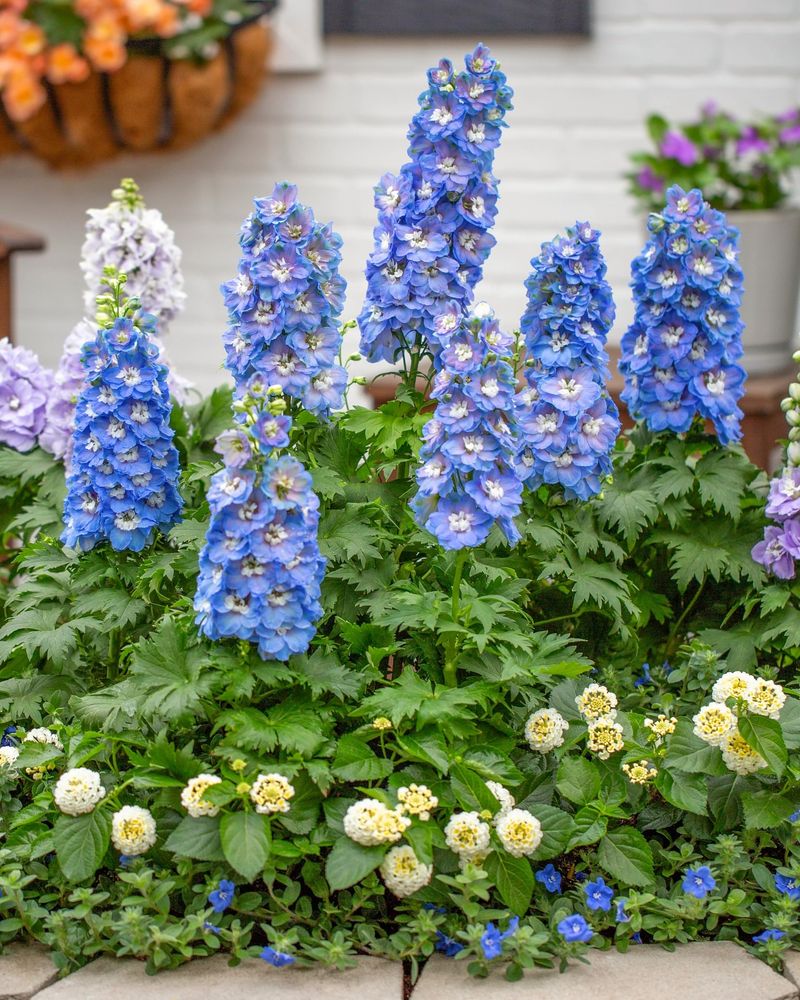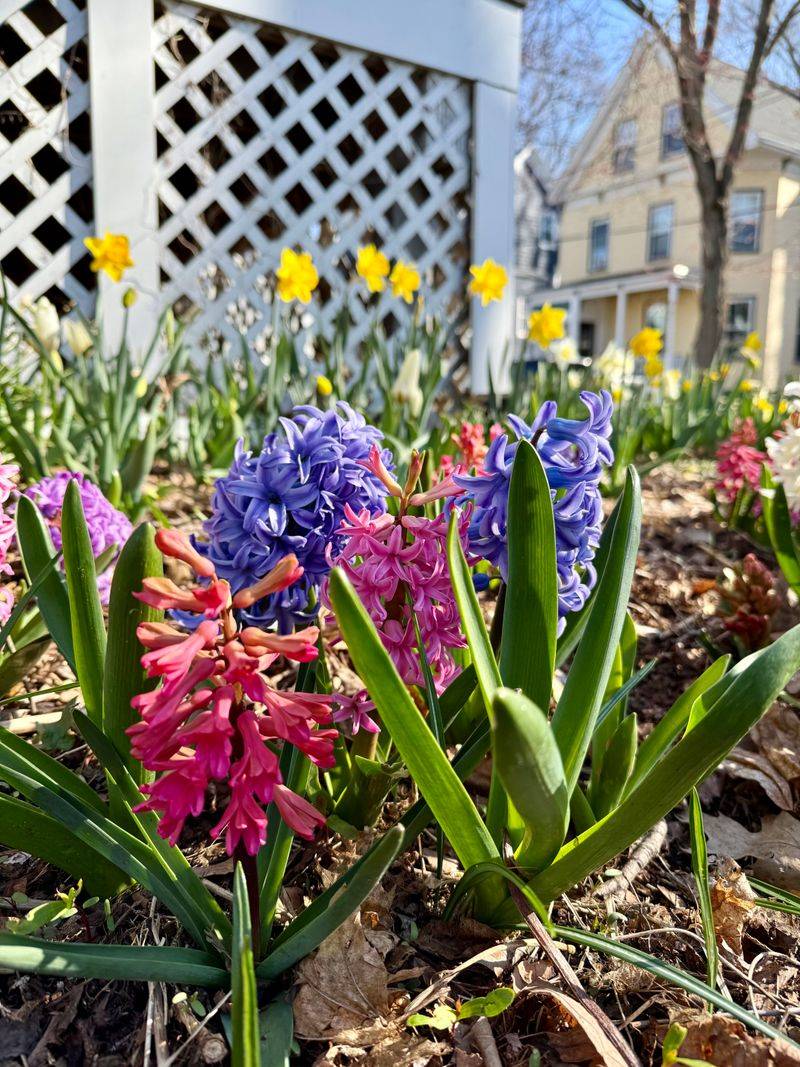Colorado gardeners, now’s the moment to grab those pruning shears and show your plants some love! Pruning the right way can turn your garden into a summer bloom powerhouse that neighbors will envy.
I’ve made plenty of snip mistakes myself, so I’m excited to share which plants thrive with a trim and which ones throw a fit when cut. Taking care of your garden now means more flowers and less hassle later.
Let’s get those Colorado plants looking their absolute best!
1. Roses
Early spring is prime time for rose pruning across Colorado gardens. Remove any dead or diseased canes and shape the bush to encourage air circulation.
Colorado’s dry climate means roses need this annual maintenance to thrive. Cut back to outward-facing buds at a 45-degree angle for best results, and don’t forget to clean your tools between plants to prevent spreading disease.
2. Butterfly Bush
Hard pruning is exactly what these vigorous shrubs need before Colorado’s growing season kicks into gear. Cut them back to about 12 inches from the ground to promote bushier growth and more flowers.
Many Colorado gardeners are surprised by how drastically these can be cut back. Without this severe pruning, butterfly bushes become woody and produce fewer of the fragrant blooms that attract hummingbirds and butterflies to your garden.
3. Hydrangeas
Knowing which type you have is crucial before snipping these beauties in your Colorado landscape. Prune Annabelle and Panicle varieties now, cutting back to strong frameworks about 1-2 feet tall.
For Colorado gardens, these hardy varieties perform better than the fussier macrophyllas. Leave those blue/pink mophead types alone if you have them, as they bloom on old wood and cutting now would remove this summer’s flowers.
4. Lavender
Gentle shaping now prevents these Mediterranean natives from becoming woody and sparse in Colorado’s challenging climate. Cut back about one-third of the green growth, but never into the woody stems.
Many Colorado gardeners have discovered that lavender thrives in our sunny, dry conditions. This light pruning encourages bushier growth and more of those fragrant purple blooms that bring bees buzzing to your garden all summer long.
5. Clematis
These climbing beauties require different pruning approaches depending on their flowering time. Group 3 clematis (summer bloomers) should be cut back hard now to about 12 inches from the ground.
Colorado gardeners often grow these along fences and trellises for vertical interest. The vigorous summer-flowering varieties respond beautifully to this severe pruning, rewarding you with more abundant blooms when the warmer months arrive.
6. Coneflowers
Remove any remaining dead flower heads and stems from last year’s growth as new green rosettes emerge from the base. This cleanup encourages stronger stems and more prolific blooming.
These native-inspired perennials are workhorses in Colorado gardens, handling our intense sun and occasional drought with ease. Their seed heads provide winter interest and food for birds, but clearing them now redirects energy into this season’s fresh growth.
7. Russian Sage
Don’t be afraid to cut these drought-tolerant beauties back hard now. Prune to about 6-8 inches above the ground to prevent legginess and encourage bushier growth with more of those lavender-blue flower spikes.
Colorado’s climate is perfect for Russian sage, which thrives in our sunny, dry conditions. This severe pruning prevents the plant from becoming woody and sprawling, keeping it compact and full of the silvery foliage that makes it so drought-resistant.
8. Catmint
Early spring cutbacks rejuvenate these aromatic perennials before Colorado’s growing season begins. Shear the old growth to about 3 inches from the ground as new growth emerges from the base.
Many Colorado gardens feature catmint for its drought tolerance and long blooming period. This hard pruning prevents the plants from becoming floppy mid-season and often results in a second flush of those lovely lavender-blue flowers that bees absolutely adore.
9. Salvia
Cut back woody stems to about 3-4 inches from the ground as new growth appears at the base. This encourages bushier growth and prevents the leggy, sparse look that unpruned plants develop.
Colorado gardeners appreciate salvias for their drought tolerance and deer resistance. The various types, from deep blue to vibrant red, respond well to this hard pruning, producing more of those colorful spikes that hummingbirds can’t resist all summer long.
10. Spirea
These versatile flowering shrubs benefit from a good haircut before Colorado’s growing season takes off. Prune spring-blooming varieties immediately after flowering, but summer bloomers can be cut back now by one-third.
Many Colorado landscapes feature spireas for their hardiness and showy blooms. This timely pruning maintains their attractive shape and prevents them from becoming too large or woody, ensuring those clouds of white or pink flowers remain abundant year after year.
11. Ornamental Grasses
Cut these back now before new growth emerges to make way for fresh blades. Use sharp shears to cut clumps to about 4-6 inches from the ground, removing all the brown, dried foliage.
These architectural plants are staples in Colorado landscapes because they handle our windy, dry conditions so well. Left standing through winter for texture and movement, they now need this annual haircut to look their best when they begin their rapid growth in the warmer months ahead.
12. Yarrow
Trim back last year’s dead stems as new growth appears at the base. This stimulates fresh growth and prevents the plant from self-seeding too enthusiastically throughout your garden.
Yarrow is a Colorado garden favorite for its drought tolerance and long-lasting blooms. The flat-topped flower clusters in yellow, white, or pink provide weeks of color, and this spring pruning ensures the plants remain compact rather than floppy when summer arrives.
13. Penstemon
Remove last season’s spent flower stalks but leave the evergreen basal foliage intact. This selective pruning encourages more blooms while maintaining the plant’s overall health and vigor.
These native-friendly perennials are perfect for Colorado gardens, with trumpet-shaped flowers that hummingbirds love. Many Colorado varieties have adapted to our challenging mountain climate, and this light touch with pruning respects their natural growth habit while maximizing flowering potential.
14. Potentilla
These hardy shrubs benefit from rejuvenation pruning every few years in Colorado gardens. Cut back by one-third to maintain shape, or prune older specimens more severely to stimulate fresh growth from the base.
Many Colorado landscapes include potentilla for its bright yellow or white flowers that bloom all summer. This timely pruning prevents the shrubs from becoming woody and sparse in the center, ensuring those cheerful blooms keep coming year after year.
15. Sedum
Cut back last year’s dried flower heads and stems as new rosettes of foliage emerge from the base. This cleanup promotes stronger stems that are less likely to flop over when the heavy flower heads develop.
Colorado gardeners love sedums for their drought tolerance and late-season color. The thick, succulent leaves store water, making them perfect for our dry climate, and this spring pruning ensures those fall-blooming varieties will stand tall rather than sprawl across neighboring plants.
16. Veronica
Trim back old flower spikes and any winter-damaged foliage to make way for this season’s growth. This light pruning encourages bushier plants with more of those eye-catching blue or purple flower spikes.
These reliable perennials are workhorses in Colorado gardens, handling our alkaline soils and intense sun. The pruning removes any winter damage that’s common in our challenging climate and redirects the plant’s energy into producing more of those pollinator-friendly blooms.
17. Lilacs
Prune immediately after flowering finishes, not now, if you want blooms this year. For older, overgrown specimens, remove one-third of the oldest stems at ground level to rejuvenate the shrub over several years.
These fragrant shrubs are Colorado classics, tough enough for our climate extremes. The timing of pruning is crucial since they form next year’s flower buds shortly after this year’s blooms fade, making post-bloom the only safe time to cut without sacrificing flowers.
18. Peonies
Hold off on those pruners—your peonies are just getting started! Those bold red shoots poking up? They’re this year’s flower buds in the making, and snipping them now means no gorgeous blooms come spring.
Colorado gardeners know how precious that short but stunning peony show is, and these hardy plants can reward you for decades—if you let them grow on their terms.
19. Delphiniums
Step away from the shears—those fresh green shoots are the start of this year’s delphinium show! Snipping them now means saying goodbye to those towering blue spires that bring so much charm to Colorado mountain gardens.
These elegant perennials thrive in our cool climate, and with just a little cleanup of last year’s dry stalks, they’ll soon put on a breathtaking display.
20. Spring Bulbs
As tempting as it is to clean things up, leave those scraggly bulb leaves alone! After the flowers fade, daffodils, tulips, and other spring beauties need that messy foliage to soak up Colorado’s strong sunshine and refuel for next year.
Snipping too soon cuts their energy short—so let the leaves yellow naturally before you tidy up.


